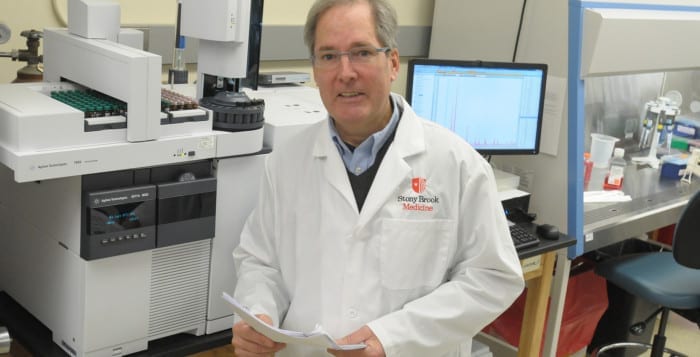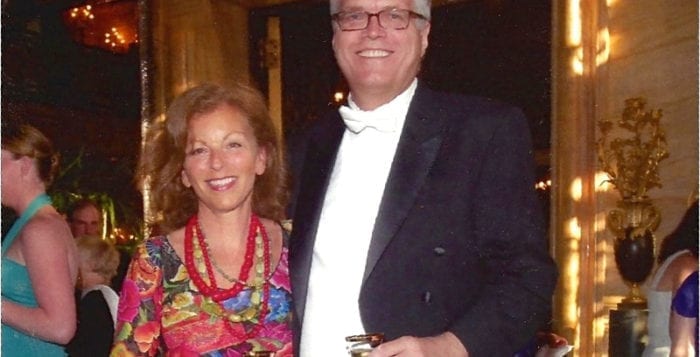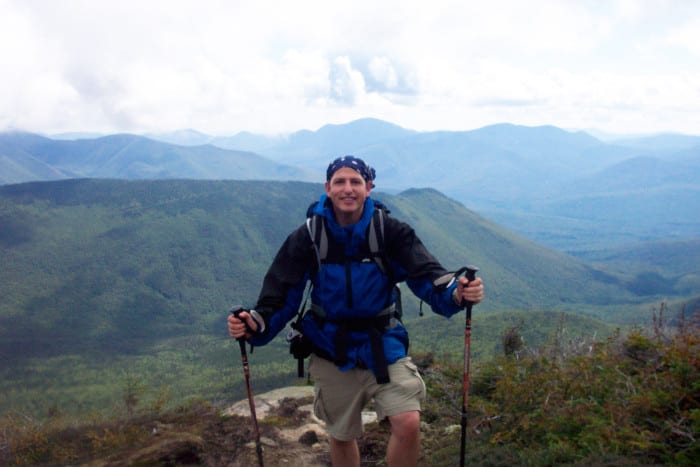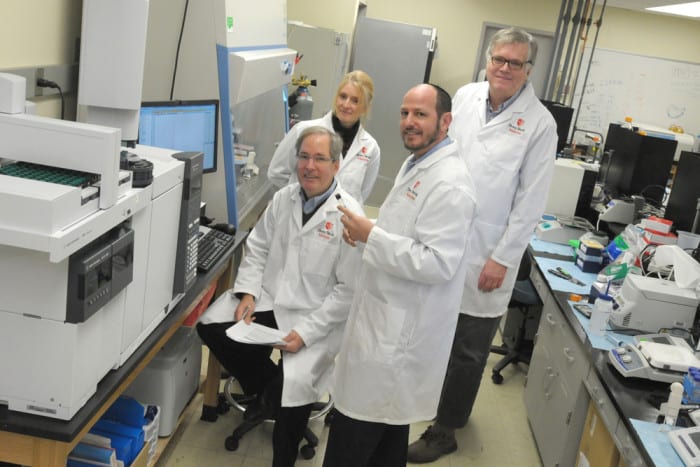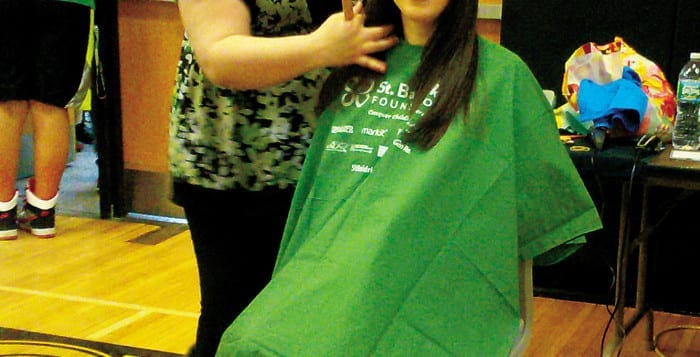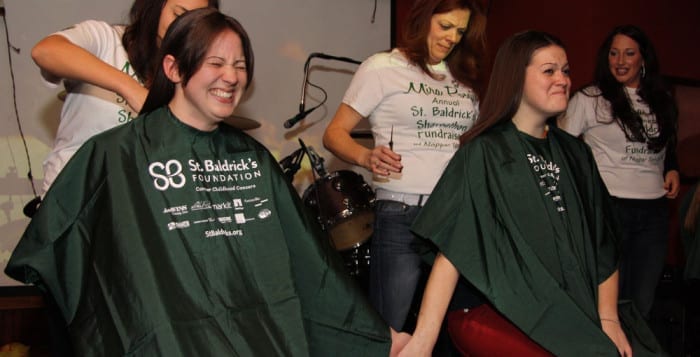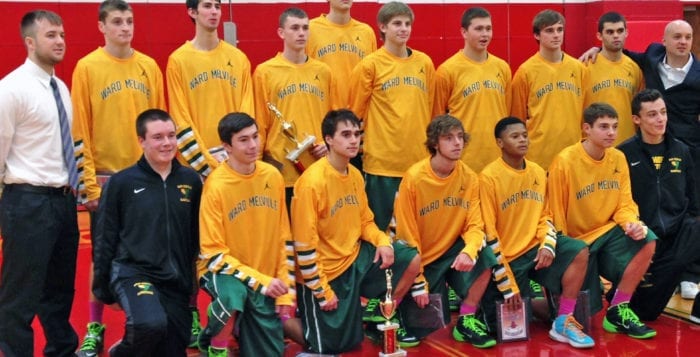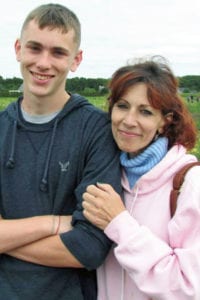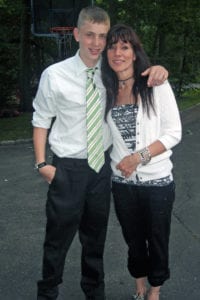Cold Spring Harbor Laboratory and the North Shore-LIJ Health System say they are partnering up to align research with clinical services in an effort to treat the health system’s nearly 16,000 cancer cases each year.
The partnership, announced last week, will benefit from more than $120 million investment that will be used to accelerate cancer research, diagnosis and treatment. The money will also be used to develop a new clinical research unit at the North Shore-LIJ Cancer Institute in Lake Success, NY. The unit will support the early clinical research of cancer therapies while also being used to train clinicians in oncology, the branch of medicine that deals with cancer. The source of the investment is not being disclosed.
“This is a transformative affiliation for both institutions, bringing the cutting-edge basic discovery science and translational cancer research at CSHL to one of the largest cancer treatment centers in the United States,” Cold Spring Harbor Lab President and CEO Bruce Stillman said in a press release.
As part of the affiliation, clinician-scientists will also be trained to perform preclinical cancer research and conduct early-stage human clinical trials to help further research.
“Cancer patients at North Shore-LIJ are going to benefit from the world’s leading cancer research centers,” Dagnia Zeidlickis, vice president of communications for Cold Spring Harbor Lab said in a phone interview Monday.
The partnership is just the latest move made by North Shore-LIJ to improve cancer care. Over the past two years, the health system invested more than $175 million to expand cancer treatment centers throughout Long Island and New York City.
Recently, North Shore-LIJ completed an $84 million expansion of the institute’s headquarters in Lake Success. It consolidated all cancer services offered by North Shore University Hospital and Long Island Jewish Medical Center in a state-of-the-art 130,000-square-foot facility, including ambulatory hematology/oncology, chemotherapy and radiation medicine, surgical oncology and brain tumor services, according to a press release.
North Shore-LIJ is also building a new $34 million, 45,500-square-foot outpatient cancer center in Bay Shore and is pursuing other major expansions on Long Island and in Manhattan, Queens, Staten Island and Westchester County.
“Bringing the scientists of Cold Spring Harbor Laboratory together with the more than 200 academic oncologists and clinicians of the North Shore-LIJ Cancer Institute will transform our approach to cancer research and treatment throughout the New York area,” North Shore-LIJ President and CEO Michael Dowling said in a statement.
Cold Spring Harbor Lab’s researchers have been studying cancer since the early 70s and have made several discoveries that have helped diagnose and treat cancer patients. In 1982, the lab was part of the discovery of the first human cancer gene. The Cold Spring Harbor Laboratory Cancer Center has been a National Cancer Institute-designated cancer center since 1987, and is the only such center on Long Island, according to the statement.
The lab’s research focuses on many different types of cancers: breast, lung, prostate, pancreas, cervix, ovary and skin, as well as leukemia and lymphoma, carcinoid tumors, sarcomas and more.
The cancer institute is part of the 19 health systems that makes up the North Shore-LIJ Health System. According to Zeidlickis, North Shore-LIJ cares for more than 16,000 new cancer cases each year and is New York State’s largest hospital system.
Under the terms of the partnership, both North Shore-LIJ and Cold Spring Harbor Laboratory will continue as independent organizations governed by their respective boards of trustees.


